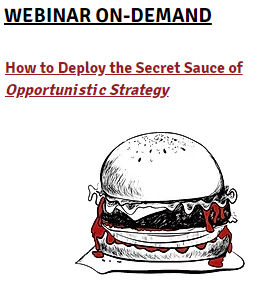A physician makes a mistake, commits negligence, and what’s the result? It can be horrific. Malpractice suit. Medical staff discipline. Medical board discipline leading even to loss of licensure. Reputation destroyed.
Now ask yourself what happens if a hospital executive, say the CEO of a publicly held hospital chain, commits the equivalent type of error, say loses a billion or two in a fiscal quarter, as did Community Health Systems in the fourth quarter of 2017. Investors call for the CEO, Wayne Smith, to resign. Last time I looked, he was still in the executive suite.
Or, look at the former CEO of Tenet Healthcare, Trevor Fetter. His strategy put the company into a nose dive. He was pushed out. After losing hundreds of millions, what penalty did he suffer? Penalty? He walked away with a $22.9 million severance package. Win if you win. Win if you lose.
These folks receive healthy compensation packages and big bonuses when things go well but never risk having to pay it back when something they caused blows up. In fact, in some cases, they still get what amount to additional bonuses in the guise of a severance package.
As you know, it’s hard to make a decision when you might have to pay a large price for it. It’s much easier to make decisions when there’s only an upside, that is, when there’s an upside if it succeeds and an upside if it fails.
One might argue that Mr. Fetter paid a price. He no longer had his job. But he still walked away with close to $23 million dollars and certainly didn’t have to pay back any of what he was previously paid. I don’t mean to pick on Fetter. I don’t own any Tenet shares and for all I know he’s a nice guy whose strategy just didn’t pan out for the shareholders. Instead, the point is the imbalance. Only others suffer the real downside.
The same notions of imbalance of impact, of an upside without a meaningful downside, infect the decisions of hospital executives at many scales. Like the decision of a community hospital CEO to force out a group of cardiac surgeons, say in favor of a new recruit much more likely to “play ball.” The group forced out takes their practice, and the hospital profits it generates, to a facility 7 miles away. The new recruit, now ensconced in the hospital-subsidized “cardiac clinic,” can’t get enough volume to keep busy. The CEO? He’s off looking for hospitalists.




